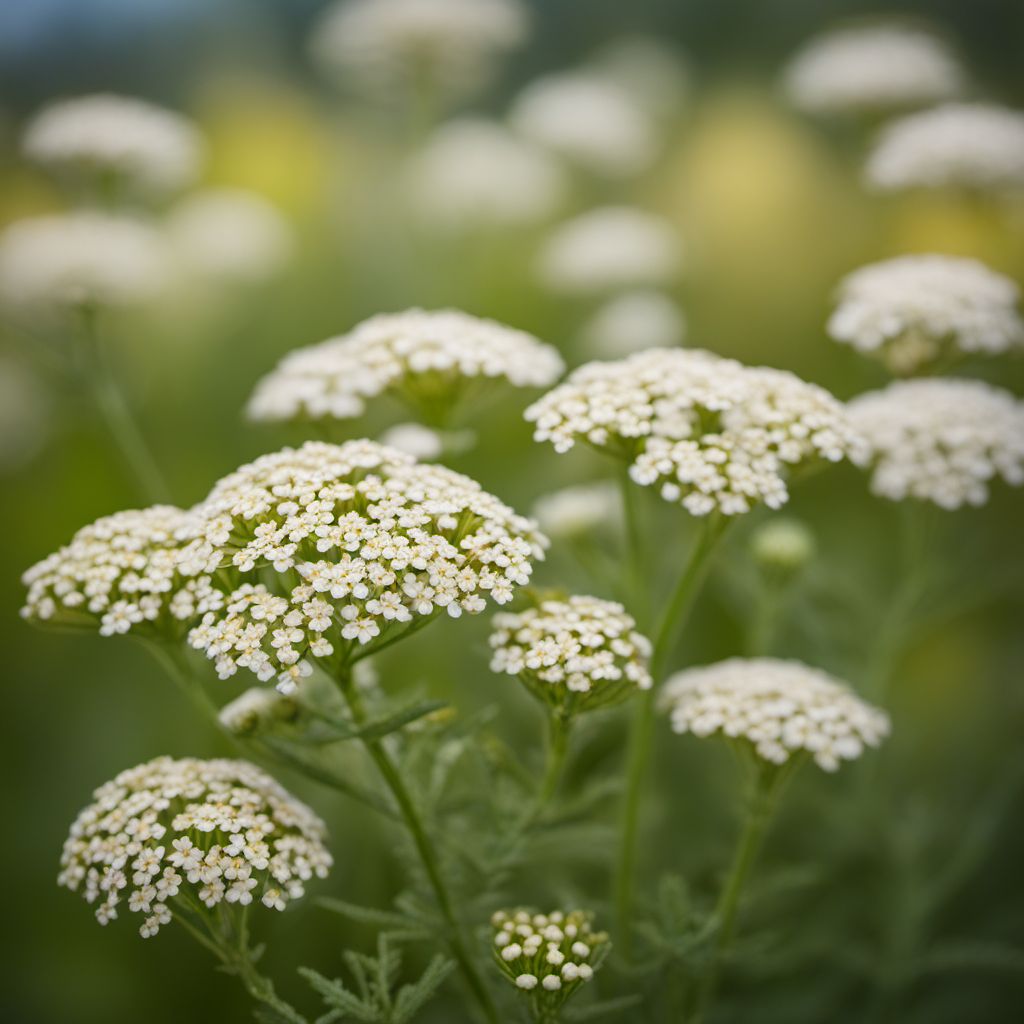
Ingredient
Yarrow infusion flowers
The Healing Power of Yarrow: Unlocking the Benefits of Infusion Flowers
Yarrow infusion flowers are small, daisy-like blooms that range in color from white and yellow to pink and purple. They have a feathery texture and a subtle, earthy aroma. These flowers are known for their bitter taste, which adds depth to herbal infusions and can be balanced with sweeteners or other flavors. Yarrow flowers are traditionally used to support digestion, reduce inflammation, and promote overall wellness.
Origins and history
Yarrow has a rich history dating back to ancient times. It has been used by various cultures, including the Greeks, Romans, and Native Americans, for its medicinal properties. Yarrow was believed to have magical and protective qualities and was often associated with divination and healing rituals. Today, it continues to be valued for its therapeutic benefits and is cultivated in many regions around the world.
Nutritional information
Yarrow infusion flowers are a good source of antioxidants, flavonoids, and essential oils. They are also rich in vitamins A, C, and E, as well as minerals like potassium and calcium. Yarrow flowers are low in calories and carbohydrates, making them a healthy addition to herbal infusions and natural remedies.
Allergens
Yarrow infusion flowers may cause allergic reactions in individuals who are sensitive to plants in the Asteraceae family, such as ragweed, chrysanthemums, or daisies. It is advisable to consult a healthcare professional before using yarrow if you have known allergies or are pregnant or breastfeeding.
How to select
When selecting yarrow infusion flowers, look for fresh blooms with vibrant colors and no signs of wilting or discoloration. Avoid flowers that have been sprayed with pesticides or other chemicals. If harvesting yarrow from the wild, ensure that you are knowledgeable about the plant and its identification to avoid any toxic look-alikes.
Storage recommendations
To maintain the freshness and potency of yarrow infusion flowers, store them in a cool, dry place, away from direct sunlight. Drying the flowers is a common method of preservation, as it allows them to be used for an extended period. Properly stored yarrow flowers can retain their quality for up to a year.
How to produce
Yarrow infusion flowers can be grown in gardens or containers. They prefer well-drained soil and full sun but can tolerate partial shade. Yarrow is a hardy perennial that requires minimal maintenance and can be propagated through seeds or division of established plants.
Preparation tips
Yarrow infusion flowers can be used to make herbal teas, tinctures, or infused oils. They can also be added to bathwater for a soothing and aromatic experience. When using yarrow in herbal preparations, it is important to follow established recipes and dosage guidelines. Additionally, yarrow flowers can be used as a decorative element in floral arrangements or potpourri.
Substitutions
There are no direct substitutions for yarrow infusion flowers due to their unique flavor and medicinal properties. However, other bitter herbs or flowers, such as chamomile or calendula, can be used as alternatives in herbal infusions or natural remedies.
Culinary uses
Yarrow infusion flowers are commonly used in herbal teas, tinctures, and infused oils. They are also added to bathwater for their soothing properties. Additionally, yarrow flowers can be used as a decorative element in floral arrangements or potpourri.
Availability
Yarrow is native to temperate regions of the Northern Hemisphere, including Europe, Asia, and North America. It can be found growing in the wild or cultivated in gardens and herbal farms. Yarrow is particularly abundant in meadows, fields, and disturbed areas.
More ingredients from this category » Browse all

Bitter orange infusion flowers
The Fragrant Elixir: Unveiling the Secrets of Bitter Orange Infusion Flowers

Daisy infusion flowers
The Floral Elixir
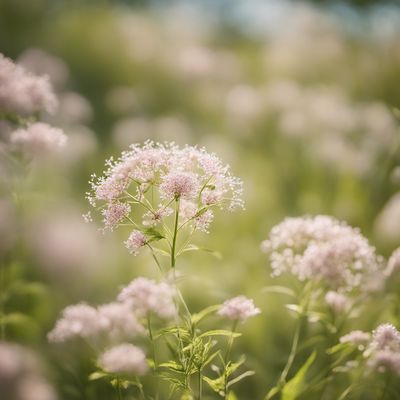
Meadow sweet infusion flowers
Nature's Fragrant Brew: Meadow Sweet Infusion Flowers

Cowslip infusion flowers
The Delicate Elixir of Cowslip
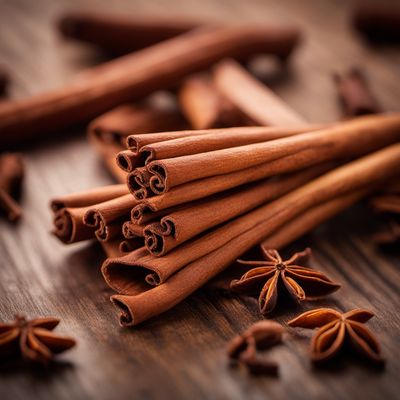
Cinnamon infusion flowers
Aromatic Blossoms: Unveiling the Essence of Cinnamon Infusion Flowers
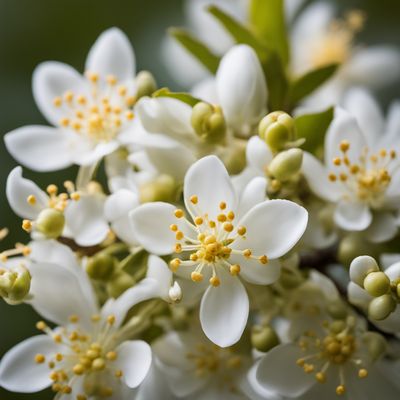
Sweet olive infusion flowers
Fragrant Blossoms: Exploring the Delicate Sweetness of Olive Infusion Flowers

Orange infusion flowers
The Fragrant Delight: Exploring the Aromatic World of Orange Infusion Flowers

Hollyhock infusion flowers
"Nature's Elixir: Unveiling the Beauty and Benefits of Hollyhock Infusion Flowers"

Sunflower infusion flowers
The Floral Elixir
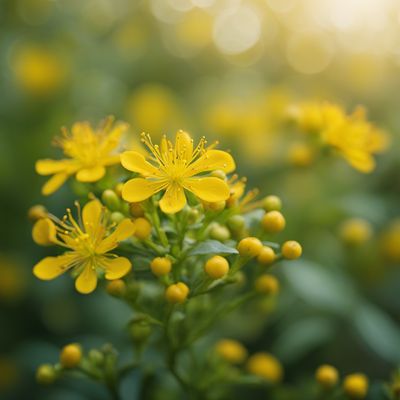
St. John's wort infusion flowers
The Healing Power of St. John's Wort

Sandy everlasting infusion flowers
The Fragrant Blooms: Sandy Everlasting Infusion Flowers

Great mullein infusion flowers
The Soothing Elixir: Great Mullein Infusion Flowers
